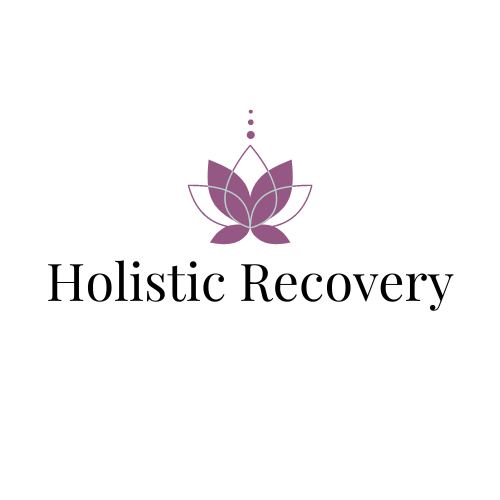
5 Myths About Mindfulness That Could Be Holding You Back
Mindfulness is often portrayed as a quick fix for stress or a wellness trend for people who have it all together. But for many, especially those healing from trauma or navigating recovery, the mainstream image of mindfulness can feel unrealistic—or even alienating.
If you've ever thought, “Mindfulness just doesn’t work for me”—you’re not alone. And chances are, what you’ve been taught about mindfulness isn’t the whole picture.
Let’s clear that up.
Here are 5 common myths about mindfulness—and what’s actually true beneath the surface.
Myth 1: Mindfulness means stopping your thoughts.
One of the most common misconceptions is that mindfulness is about having a clear, empty mind. And if your brain is busy or your thoughts are racing, it means you’re doing it wrong.
This couldn’t be further from the truth.
Mindfulness isn’t about stopping thoughts—it’s about noticing them. It’s the practice of observing what’s happening in your mind (or body or emotions) without getting caught up in it.
If you’re noticing your busy thoughts? That is mindfulness. The point isn’t to clear the mind, but to return your awareness to the present—again and again.
Myth 2: You have to sit cross-legged in silence to meditate.
Mindfulness doesn’t require a yoga mat, a cushion, or a silent room. You don’t have to sit a certain way or follow a rigid routine.
Mindfulness can happen anywhere—on a walk, while drinking your tea, in the car, or while brushing your teeth. You can sit, lie down, stand, or move. You can use guided audios, soft music, or simply tune into your breath.
What matters is how you pay attention, not where or how long.
Myth 3: Mindfulness should feel relaxing.
Sometimes mindfulness is calming. But not always.
For many of us—especially those with trauma histories or nervous system dysregulation—slowing down can feel uncomfortable, even triggering. That doesn’t mean mindfulness is wrong for you. It just means you need to approach it gently.
Real mindfulness invites us to be with what is—not to escape, not to suppress, but to meet the moment with as much awareness and compassion as we can.
And that’s not always relaxing. Sometimes it’s confronting. But it’s also incredibly healing.
Myth 4: I’m too busy to be mindful.
Mindfulness doesn’t require huge blocks of time. It can start with 30 seconds.
It’s not about fitting one more thing into your already full day—it’s about how you move through the day. It’s about noticing your breath between tasks. Slowing down while you sip your coffee. Taking one conscious breath before you open your laptop.
Mindfulness isn’t something you add to your life—it’s a way of meeting your life.
The busier you are, the more mindfulness can help you slow down internally, even when the world keeps moving.
Myth 5: If I’m not calm and blissed out, I’m failing.
This is one of the most damaging myths out there—the idea that every meditation should leave you feeling light and peaceful.
Sometimes it will. Often it won’t. And that’s okay.
Mindfulness isn’t about chasing good feelings. It’s about creating space for all your feelings—without judgment.
Some days, your practice will be full of restless thoughts and irritability. Other days, you might find moments of stillness. The practice isn’t about reaching a destination—it’s about showing up and seeing what’s there.
And over time, the more you do that, the more inner steadiness you begin to build—even if it’s subtle.
So What Is Mindfulness, Really?
Mindfulness is the practice of being here, with what’s here.
It’s learning to stay present with your experience—not by forcing calm or fixing discomfort, but by becoming aware of what’s happening in your body and mind, and gently choosing how to respond.
It’s not about being perfect or peaceful. It’s about being real, and learning how to meet your life with more awareness, more compassion, and more choice.
That’s where the healing lives.
Want to Start Small?
You don’t need to commit to 20 minutes a day. You don’t need to get it right.
You can begin right now—with a single breath, a moment of awareness, a softening toward yourself.
Mindfulness is not a destination. It’s a way home.




